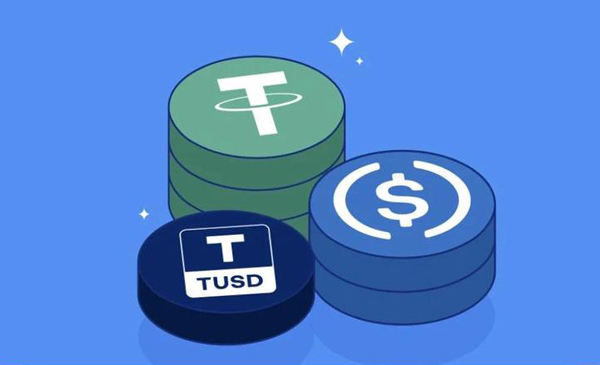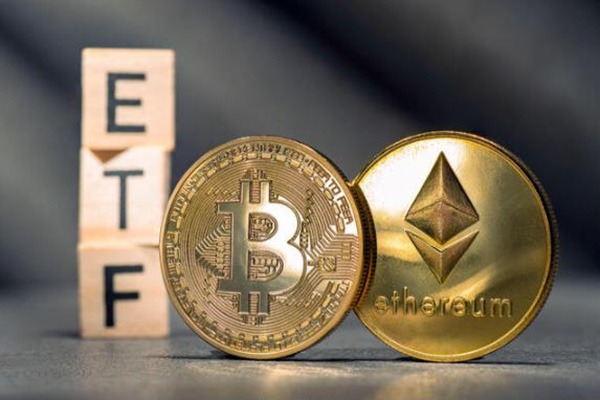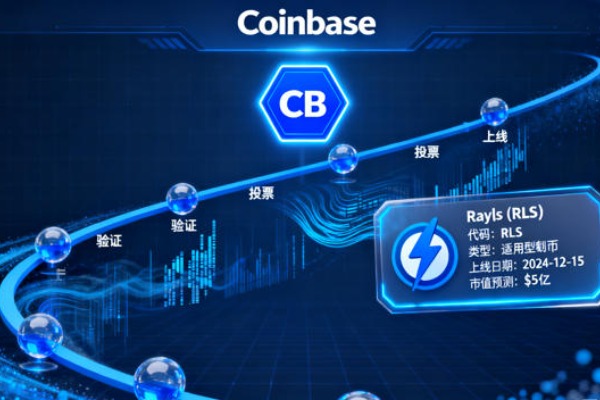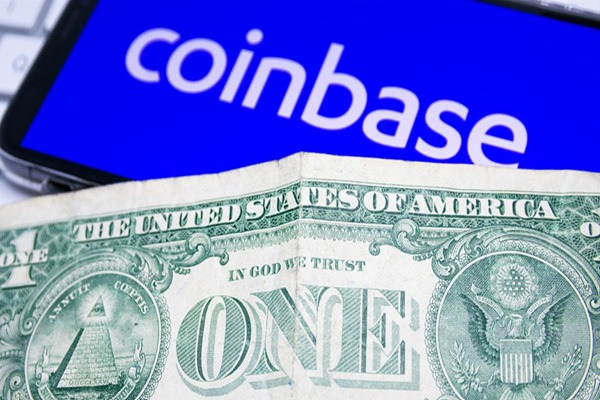Stablecoin supply hits all-time high, which investment strategies will profit from it?

The most attractive investment opportunities may come from new infrastructure, consumer applications and income products that have not yet been launched. New tokens often attract higher market attention.
The total supply of stablecoins hit a record high, up 44% in the past two years.
What investment strategies will benefit from the mass adoption of stablecoins?
As a background supplement, the Trump administration set August as the deadline for passing the stablecoin bill.
Under this trend, mainstream traditional financial institutions are actively deploying the stablecoin market. To name a few:
Bank of America: Open to launching its own stablecoin if regulation allows
Standard Chartered Bank: Plans to launch a stablecoin pegged to the Hong Kong dollar
PayPal: Market expansion of its stablecoin PYUSD in 2025
Stripe: Acquired stablecoin infrastructure platform Bridge for $1.1 billion
Revolut: Explore the possibility of issuing stablecoins
Visa: Integrate stablecoins into payment systems and global business networks
Previously, the increase in the supply of stablecoins tended to push up cryptocurrency prices because people would hold these stablecoins for a short period of time mainly for speculative trading.
Today, the application of stablecoins has gone beyond speculation. For example, SpaceX uses stablecoins to recover funds from its Starlink sales in Argentina and Nigeria, and artificial intelligence company ScaleAI also uses stablecoins to pay overseas contractors.
The simplest investment strategy is to bet on the track where mainstream institutions may issue new stablecoins.
Ethereum, Base, Tron and Solana are the main public chains for the current issuance of stablecoins.
It is worth noting that although SOL has dominated this round of bull market, the growth of stablecoins on the Solana chain is relatively slow. Currently, only Base chain has successfully sat on the stablecoin competition table with USDC.
Since Base chain itself has not issued tokens, Coinbase's stock (NASDAQ code: COIN) may become a potential target.
Another strategy is to wait for the IPO of USDC issuer Circle, or choose to invest in Visa and PayPal stocks.
In addition to transactions and payments, stablecoins are also used to earn income in DeFi:
Therefore, if the supply of stablecoins continues to expand, mature DeFi protocols may become the main beneficiaries:
- Aave/Morpho/Euler/Fluid
- Uniswap/Curve
- Maker
- Ethena
Increase in stablecoin supply → Push up the total locked value (TVL) on the chain → Increase in protocol fee income → Increase in token valuation (especially tokens with revenue sharing mechanism)
Income is a key factor affecting the dynamics of the stablecoin market:
For example: PayPal's stablecoin PYUSD is now available on Solana and Ethereum, but its growth is relatively slow.
Solana once used the high annualized income of the Kamino protocol to incentivize an increase in stablecoin supply to challenge Ethereum's position, but its on-chain stablecoin supply subsequently stagnated, while Ethereum's supply continued to grow.
Cross-chain platforms and oracles will benefit from the growth of multi-chain stablecoins, as they will increase transaction volume and fee income:
- Chainlink
- LayerZero/Socket
- Debridge/Across, etc.
However, the most attractive investment opportunities may come from new infrastructure, consumer applications and revenue products that have not yet been launched, and cutting-edge tokens often attract higher market attention.
When cryptocurrency prices recover, the super narrative of stablecoins will explode, and this will also be an area where I (as an avid researcher) will invest more time and effort.
In any case, the large-scale adoption of stablecoins is super positive for the cryptocurrency market:
The demand for block space on public chains such as Ethereum, Solana, and Base will surge, so betting on smart contract public chains is the most basic investment strategy.









